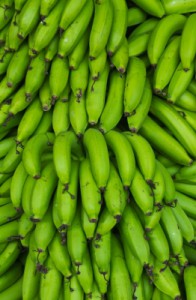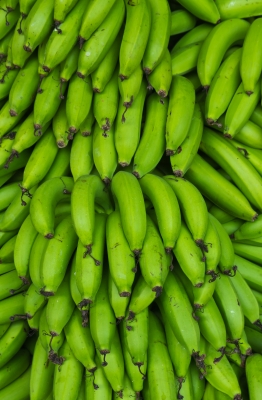
DAVAO CITY, SOUTHERN PHILIPPINES — Shipping stakeholders in this region are bracing for a tough 2013 due mainly to the devastation caused by typhoon Pablo (international name Bopha) in early December.
Banana growers and exporters as well as sectors that support them, such as shipping lines and container yard operators, said the earliest the region can recover is a year from now.
Davao is one of the biggest contributors to growth for the shipping industry due to its robust economy anchored on fruit, mainly banana, production.
“Approximately, 40% of plantations were destroyed (by typhoon Pablo) aside from damage to infrastructure such as irrigation and other water channels,” Alvin Reyes, operations manager of IRS Eastern, Inc Mindanao, said during a media visit to their facility last week.
IRS Eastern is one of the biggest container depot operators in Davao, handling about 80% of containers used in the region.
“It will take about 9 to 12 months before we can harvest again, meaning the entire 2013 will not be good,” Reyes explained, adding the recovery could take longer if government funds to rehabilitate damaged facilities are not immediately forthcoming.
Banana growers earlier pegged losses due to typhoon Pablo at about P8 billion.
“This scenario is also not good news for us depot operators as the volume of containers we handle is (dependent on) banana and fruit production in the area.”
Reyes noted the full effects of the typhoon will only be felt early this year as the shipping peak season starts to taper off.
Almost a month after the devastation, most banana plantations remain idle, with growers waiting for government financial assistance. Some growers have reportedly laid off their workers.
The problem is made worse by continuing strict quarantine requirements imposed by China on Philippine banana exports as well as the high price of Philippine bananas due to the typhoon.
Prior to the typhoon, bananas cost about $2.50 per carton. Now supply woes have pushed prices to $7 per carton.
Image courtesy of markuso / FreeDigitalPhotos.net





